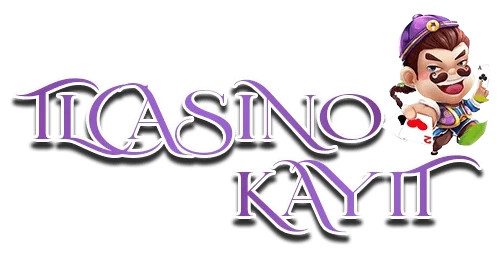Digital Dreams: Why PlayStation and PSP Games Still Capture Our Imagination
Gaming is a medium where memories are built frame by frame. From early adventures on pixelated screens to today’s high-resolution masterpieces, what makes the best games memorable isn’t just technology—it’s the texas77 experiences they offer. Sony’s PlayStation line has been delivering those moments for decades, offering a mixture of bold storytelling, addictive gameplay, and aesthetic excellence. Whether on a living room screen or in the palm of your hand, PlayStation games have an undeniable magic.
The PSP was a remarkable gamble when it launched, and it paid off in spades. At the time, handheld gaming was largely dominated by simpler experiences, but the PSP games catalog proved that portable systems could deliver console-level depth. Killzone: Liberation showed how third-person shooters could function brilliantly in a compact format, while LocoRoco and Patapon brought innovative visual styles and rhythm mechanics that felt fresh and inventive. These weren’t just good games—they were among the best of their generation, regardless of platform.
What made these titles so enduring was their ingenuity. Developers didn’t just try to shrink down existing franchises—they reimagined them. The PSP became a laboratory for experimentation, where some of Sony’s most creative teams tested new ideas that would later shape future PlayStation games. Today’s dual-sense controllers, social features, and hybrid gameplay modes owe a debt to this period of portable innovation. The influence of PSP games is still present, quietly guiding modern game development.
Of course, the mainline PlayStation consoles continued to push boundaries in their own right. From Shadow of the Colossus to Ghost of Tsushima, the PS2 through PS5 lineup is filled with legendary titles that consistently appear on “best of all time” lists. These best games stand out not only for their polish and production values but for how they evolve player expectations. Whether it’s reinventing open worlds or creating emotionally resonant character arcs, these titles go far beyond entertainment.
In a market full of flash and noise, PlayStation remains a brand rooted in vision and craftsmanship. Whether you’re discovering long-lost PSP games on a digital library or diving into a next-gen epic, you’re part of a gaming tradition built on imagination, artistry, and innovation. And that’s why, year after year, some of the best games in history continue to emerge from the PlayStation universe.

